Chrome Remote Desktop VS TeamViewer: In-depth Overview
Chrome Remote Desktop has no restrictions while TeamViewer has more features
4 min. read
Published on
Read our disclosure page to find out how can you help Windows Report sustain the editorial team. Read more
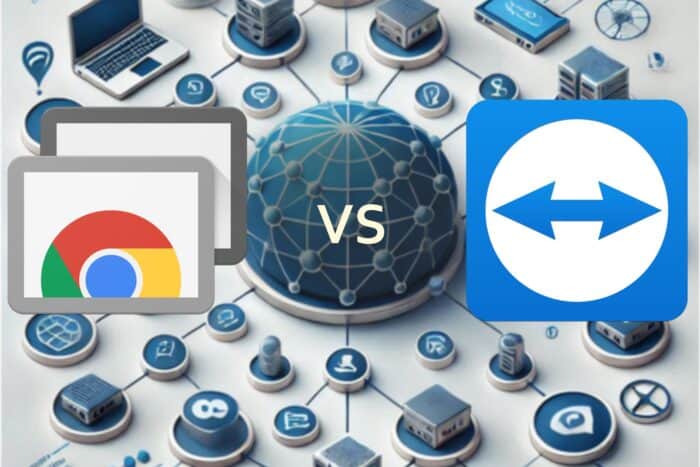
When it comes to remote control software, Chrome Remote Desktop, and TeamViewer are the most popular options on the market, but which one is better? Well, today we’re going to answer this question.
Chrome Remote Desktop vs TeamViewer, which one should you use?
Chrome Remote Desktop – Lightweight and browser-based
If you’re looking for a service that will allow you to start a remote session right from your browser, look no further than Chrome Remote Desktop. The service can run on any platform, as long as you as you have a compatible browser.
You’re not limited to Chromium browsers, and with the browser extension, you can run it on any browser. You can even run it on Android and iOS platforms.

As for the features, it allows you to access any PC simply by entering its code on your screen, and you can also set up unattended access if both PCs are using the same Google account.
You’re not tied to your Google account, and you can also use Chrome Remote Desktop in Guest Mode by setting up an SSH connection. You can also use Curtain Mode in Chrome Remote Desktop, but you need to enable it manually.
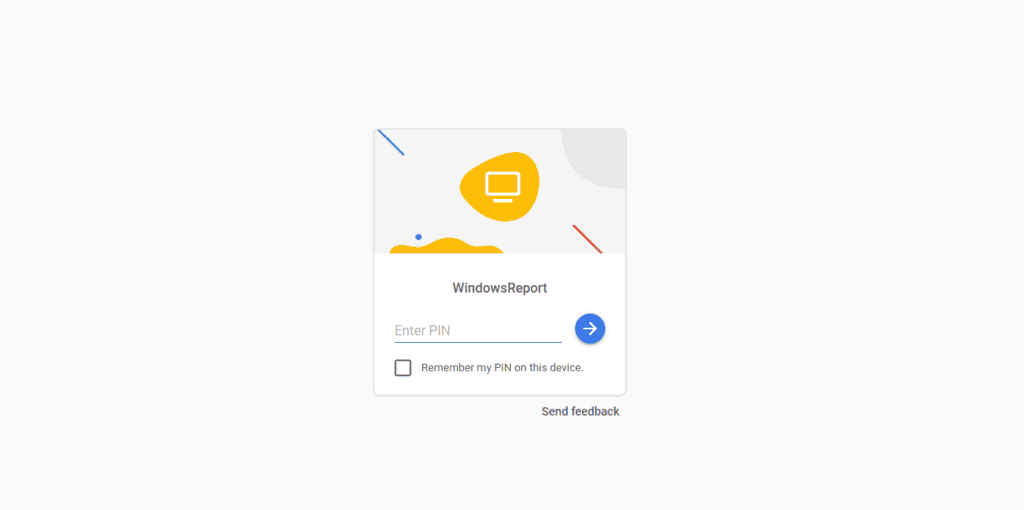
Regarding the other features, there’s clipboard syncing, key mapping, and easy file sharing. There are a few drawbacks, such as the lack of remote printing and no built-in chat, but that’s not a deal breaker for most users.
To top it off, Chrome Remote Desktop is completely free, even for business use, so even if it’s not the most advanced remote control software, you can use it without limitations in both home and business environments which is a major plus.
TeamViewer – Remote control veteran
TeamViewer is one of the best-known remote control software, and it has been present on the market for ages. The software is available on all major phone and desktop platforms. It’s even available in the web browser and it works with every major browser.
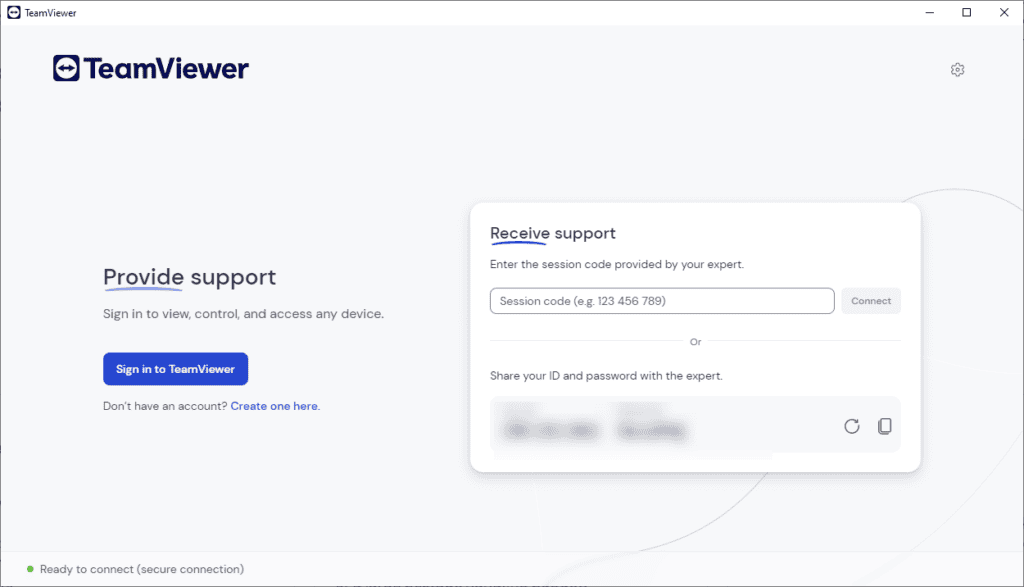
TeamViewer allows you to connect to remote computers securely, and all connections are protected with 256-bit AES encryption. As for security, the software supports two-factor authentication, but you can also set up trusted devices for faster access.
For additional control, you can easily create a blocklist and allowlist, and ensure that only allowed users can initiate remote sessions. Of course, unattended remote access is also available, so you can access a remote PC without too much hassle.
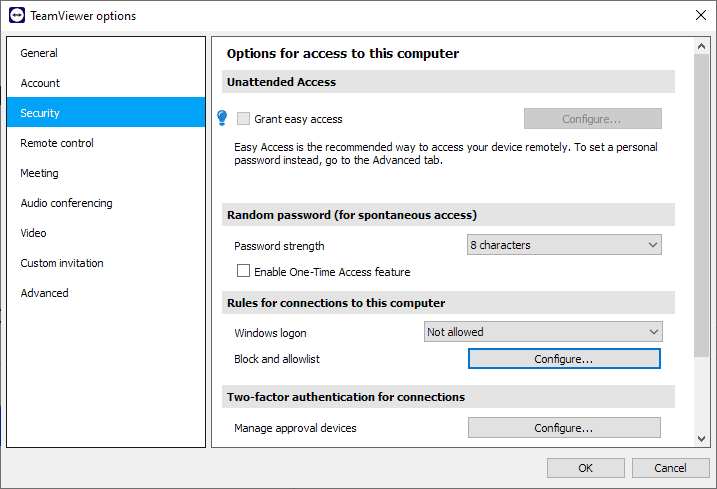
The software also allows you to record and playback remote sessions which can be useful for training purposes. We also have to mention that the free version has some limitations, such as the ability to transfer only one file at a time, and the limit of 3 managed devices.
Some features are limited only to premium users, and some of those features include VPN, remote printing, wake-on-LAN, VoIP, video and chat during remote control sessions, and a privacy screen.
While TeamViewer offers an abundance of features, some of them aren’t available to free users, and if you want to get access to them, or you want to use the software in the commercial environment, you’ll need a monthly subscription.
Which is better, TeamViewer or Chrome Remote Desktop?
This depends on your needs, Chrome Remote Desktop is lightweight and requires no additional client except your browser, however, it lacks some security features that TeamViewer has.
On the other hand, Chrome Remote Desktop doesn’t have a limit on number of devices you can use, and there are no limits for business and personal use, so you can use it without restrictions.
In our opinion, this makes Chrome Remote Desktop a better choice for personal users and small teams or businesses as long as you secure it properly. For larger businesses, TeamViewer is a superior choice, due to the number of features that it offers with its subscription and enhanced security.
If you need more options, we have a great article on Chrome Remote Desktop alternatives that you might find interesting.


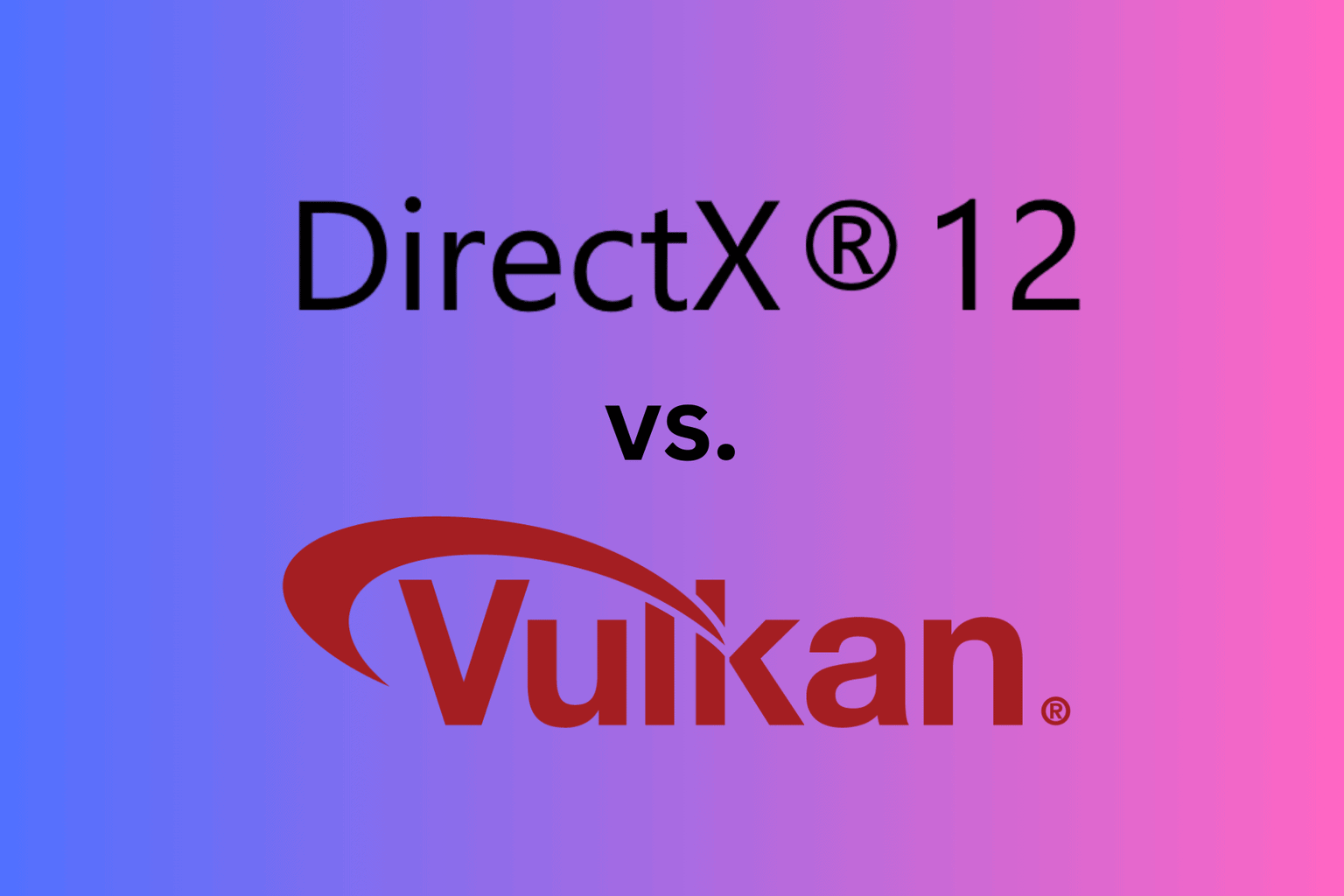
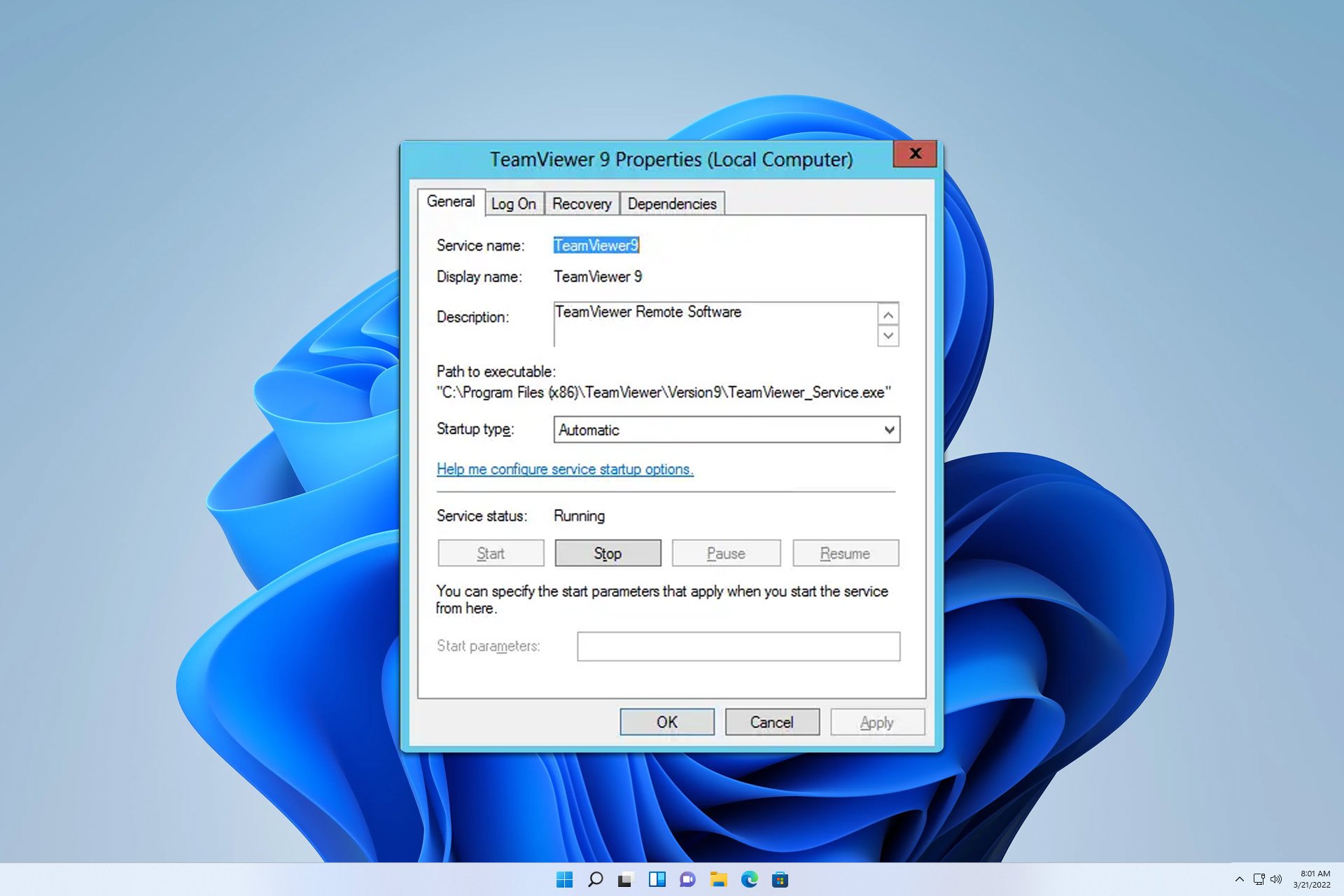
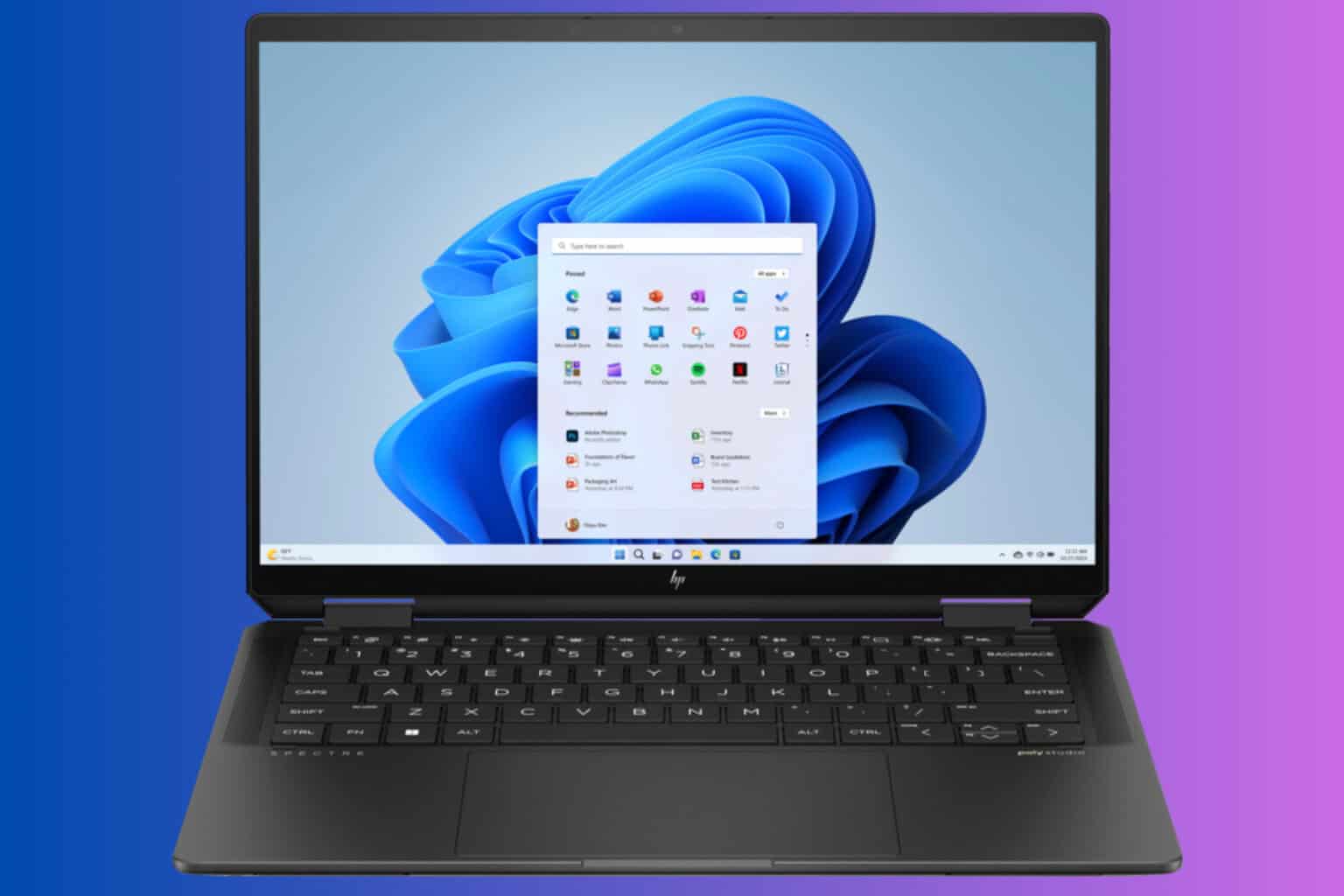
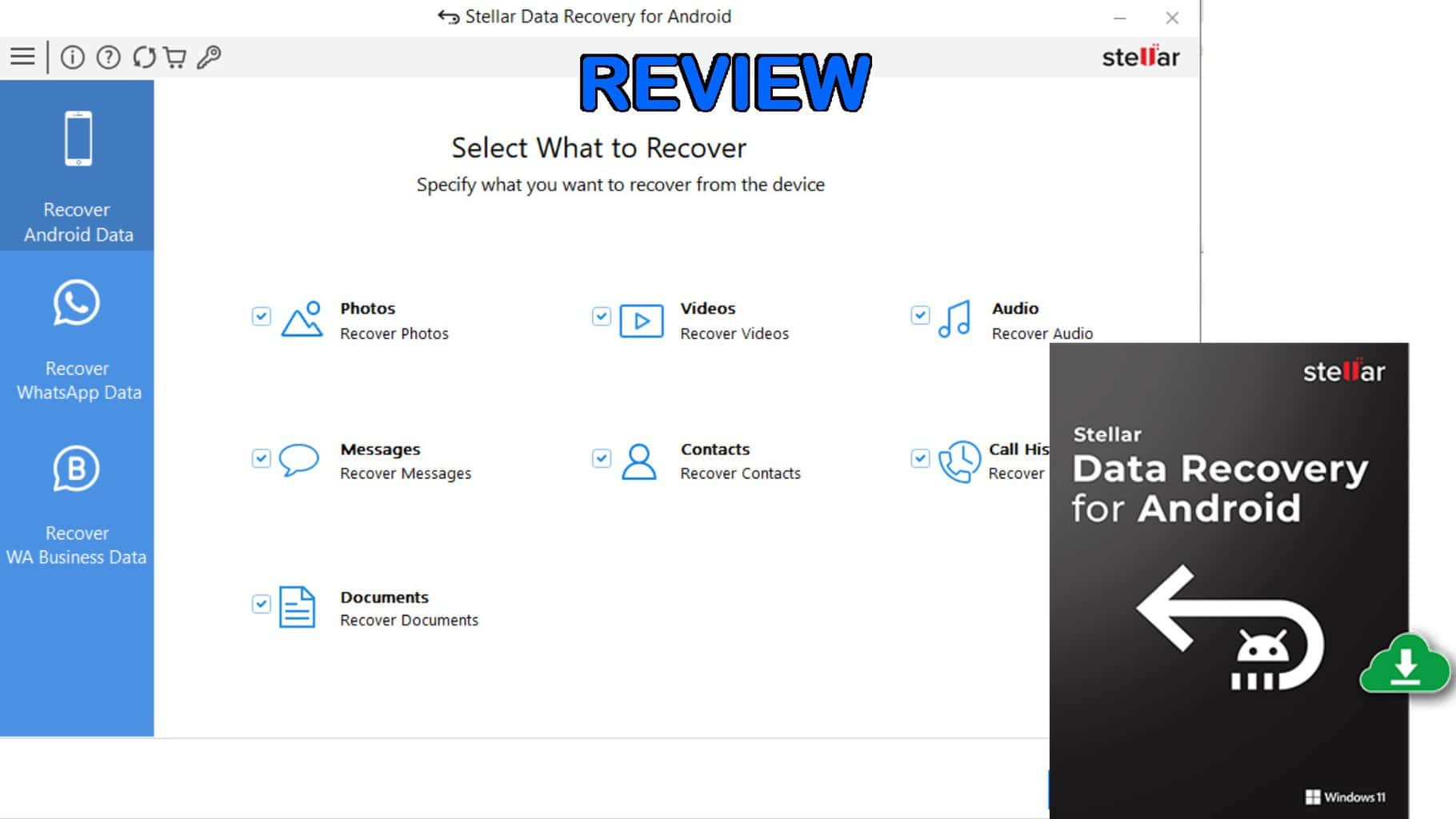
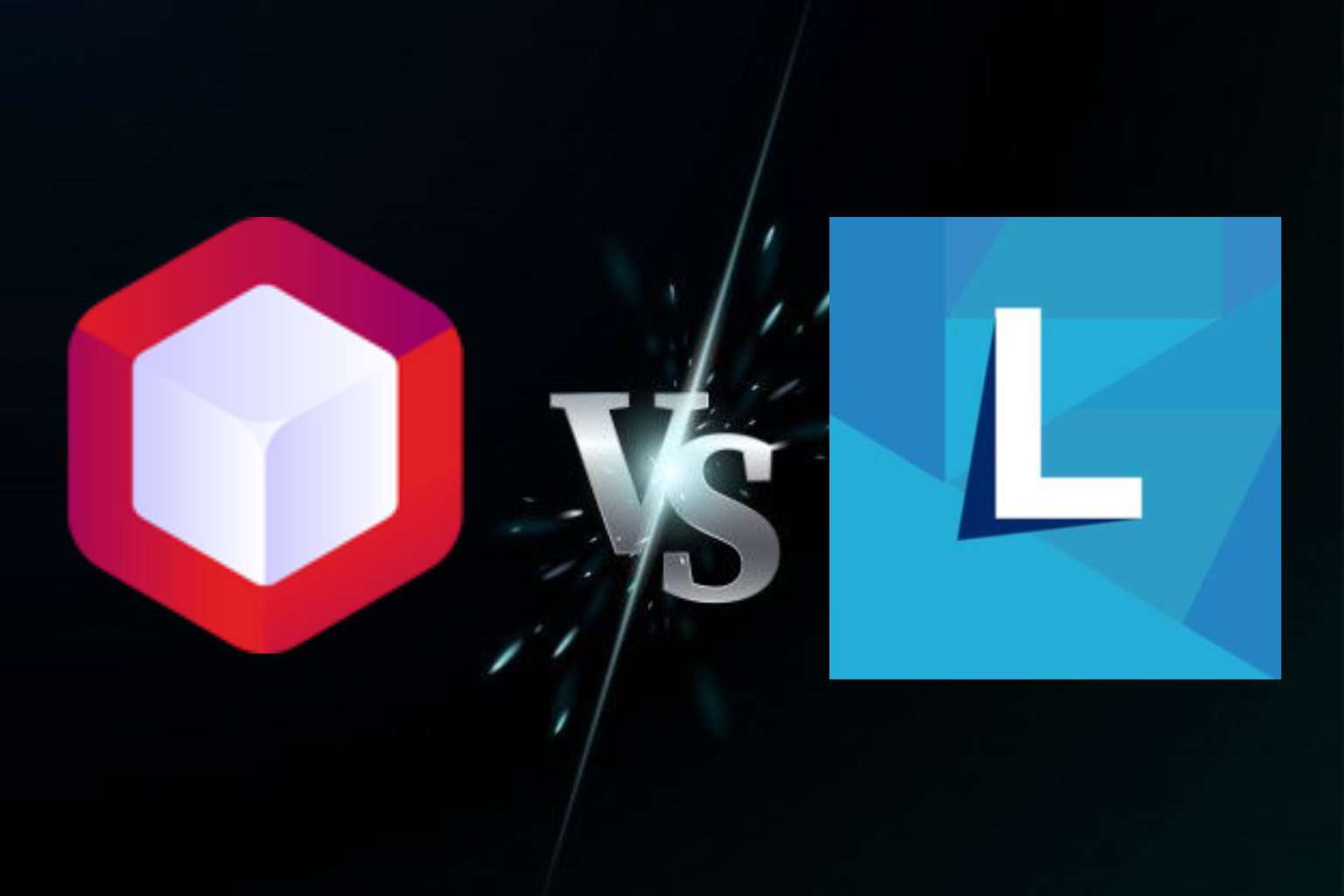

User forum
0 messages